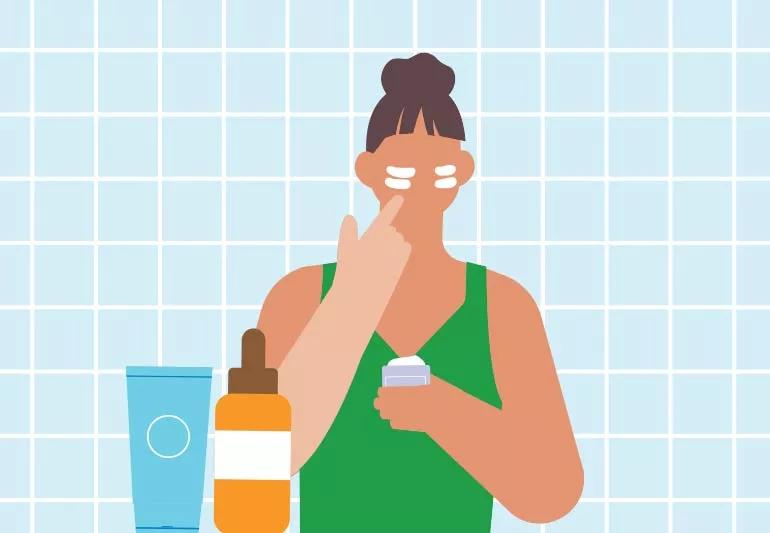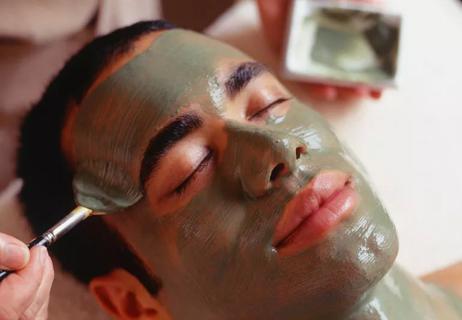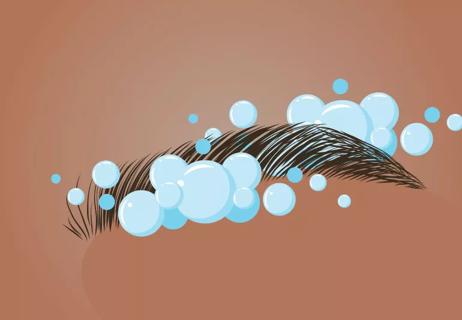From cleansers to sunscreen, here’s your beginner’s guide to everyday skin care

You want to take good care of your skin. But stepping into a beauty store — or even the skin care aisle of the drug store — can feel instantly overwhelming. (Why are there so many products?!)
With so many products claiming to make your skin look ahh-mazing, it’s hard to know which ones you really need.
Advertisement
Cleveland Clinic is a non-profit academic medical center. Advertising on our site helps support our mission. We do not endorse non-Cleveland Clinic products or services. Policy
“A skin care routine should really be tailored based on each person’s individual skin type and what their goals are,” says dermatologist Shilpi Khetarpal, MD. “For younger people, it’s about protecting the skin from the sun and pollution. For someone who’s acne-prone, it’s about addressing that. For someone who has more mature skin, it might be about preventing fine lines, discoloration and other signs of aging.”
A good routine can help your skin look and feel great — but it doesn’t have to be overly complicated. Here are the basic steps that Dr. Khetarpal recommends.
“Typically, I think of our morning routine as protecting our skin and our nighttime routine as repairing it,” Dr. Khetarpal says.
She recommends starting with these three products in the a.m.:
Advertisement
After these steps, you’re all set to put on makeup, if that’s your thing.
At night, you’re focused on cleaning and repairing your skin. Here’s how you can do that:
When it comes to skin care, don’t judge a product’s quality by its price tag — or by the claims made on its label. Dr. Khetarpal recommends investing in products that contain ingredients that are backed by scientific studies, like the ones she mentions above.
“The products that are really going to help your skin aren’t always going to be the most expensive ones,” she adds.
“Just because something is very expensive, that doesn’t mean it is going to help your skin. And just because something is natural doesn’t mean you can’t be allergic to it.”
Because many beauty products contain preservatives, chemicals or fragrances that could irritate or dry out your skin, it’s a good idea to introduce new products one at a time. If you have sensitive skin, Dr. Khetarpal recommends using a pea-sized dot of product behind your ear, along your jawline, and waiting a day or two to make sure your skin doesn’t react before applying it to your whole face.
It’s important to remember that no product on any shelf is going to give you fabulous, glowing skin if you don’t take care of it from the inside out. Like the rest of your body, your skin won’t be at its best if you aren’t getting enough sleep (yes, beauty sleep is a real thing), managing your stress and eating a healthy, well-rounded diet.
Overall, you don’t need to have a degree in chemistry to figure out what skin care routine is best for you. You can have a simple, easy-to-remember process that helps keep your skin clean, moisturized and protected from the sun. In some cases, your dermatologist may recommend prescription medications or topical creams if you have a specific condition such as cystic acne, so be sure to talk to your healthcare provider about any unusual skin-related symptoms you may be having.
Advertisement
Learn more about our editorial process.
Advertisement

Pantothenol is a powerful moisturizer and can help repair damaged skin and hair

This alternative to retinol may be easier on sensitive skin

Day creams should protect your skin, night creams should soothe and repair it

Pure cocoa butter can help keep your skin supple, with a subtly delicious scent

Focus on the philosophy — replenishing and respecting your skin — not necessarily the steps

Lie back and relax as a skin specialist cleanses, exfoliates and hydrates your skin

The powerhouse oil fights fine lines and wrinkles, soothes sunburn and a whole lot more

From icing to taping, experts chime in on what’s worth trying and what’s better off skipping

Type 2 diabetes isn’t inevitable with these dietary changes

Applying a hot or cold compress can help with pain